Lakeside house combines traditional materials with dramatic spaces in Mexico
Central de Arquitectura’s La Peña is a lakeside house in Mexico that makes the most of its impressive site, creating a cave-like living space that opens up onto a dramatic vista
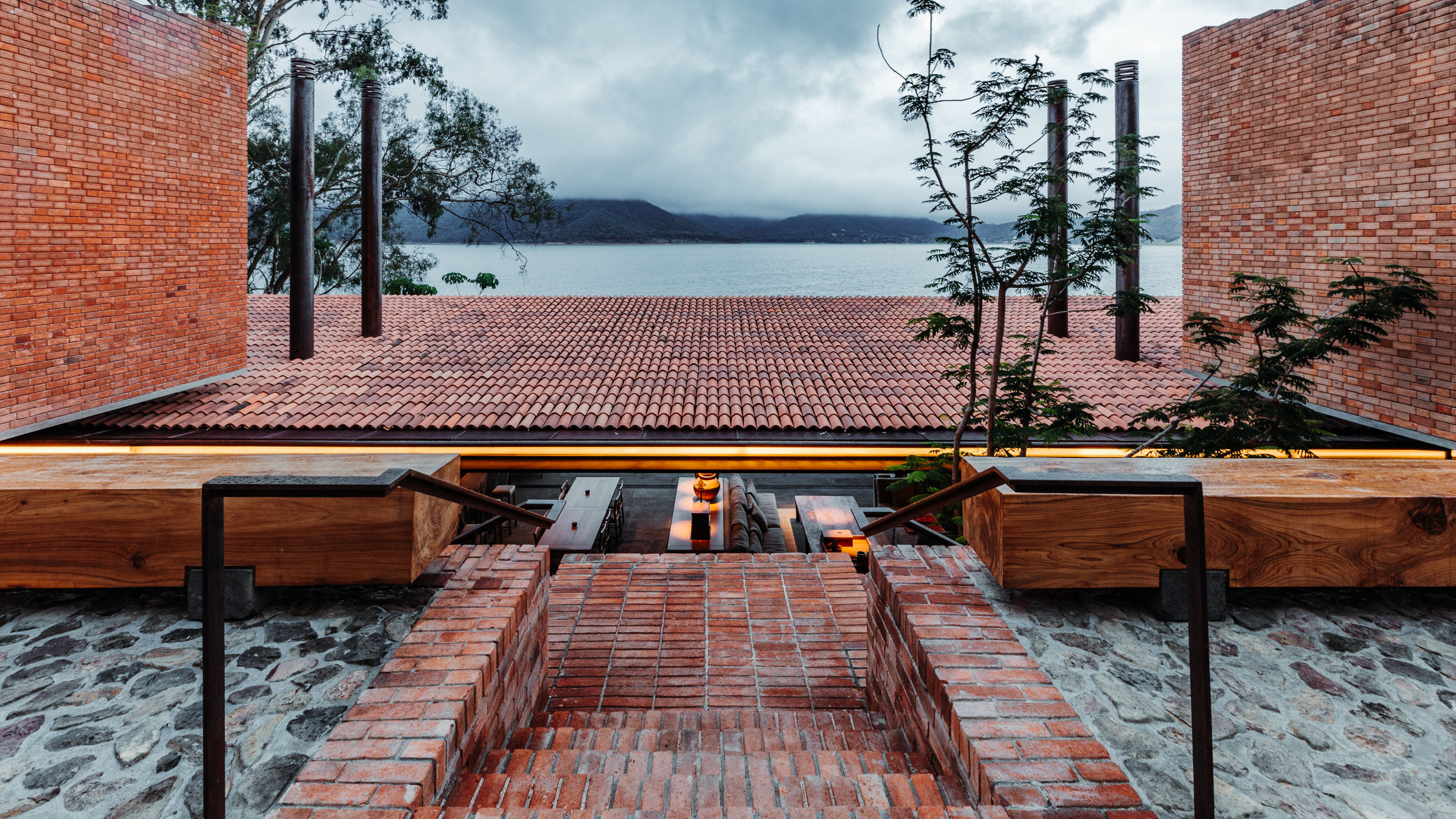
This new lakeside house in Mexico’s Toluca De Lerdo has a view across Lake Miguel Alemán, a scenic body of water created in 1954 after a dam was built across the region’s Tonto River. Taking inspiration from traditional Mexican architecture, Central de Arquitectura has crafted a sprawling, low-slung villa on the plot, with design elements that emphasise a route down to the water’s edge.
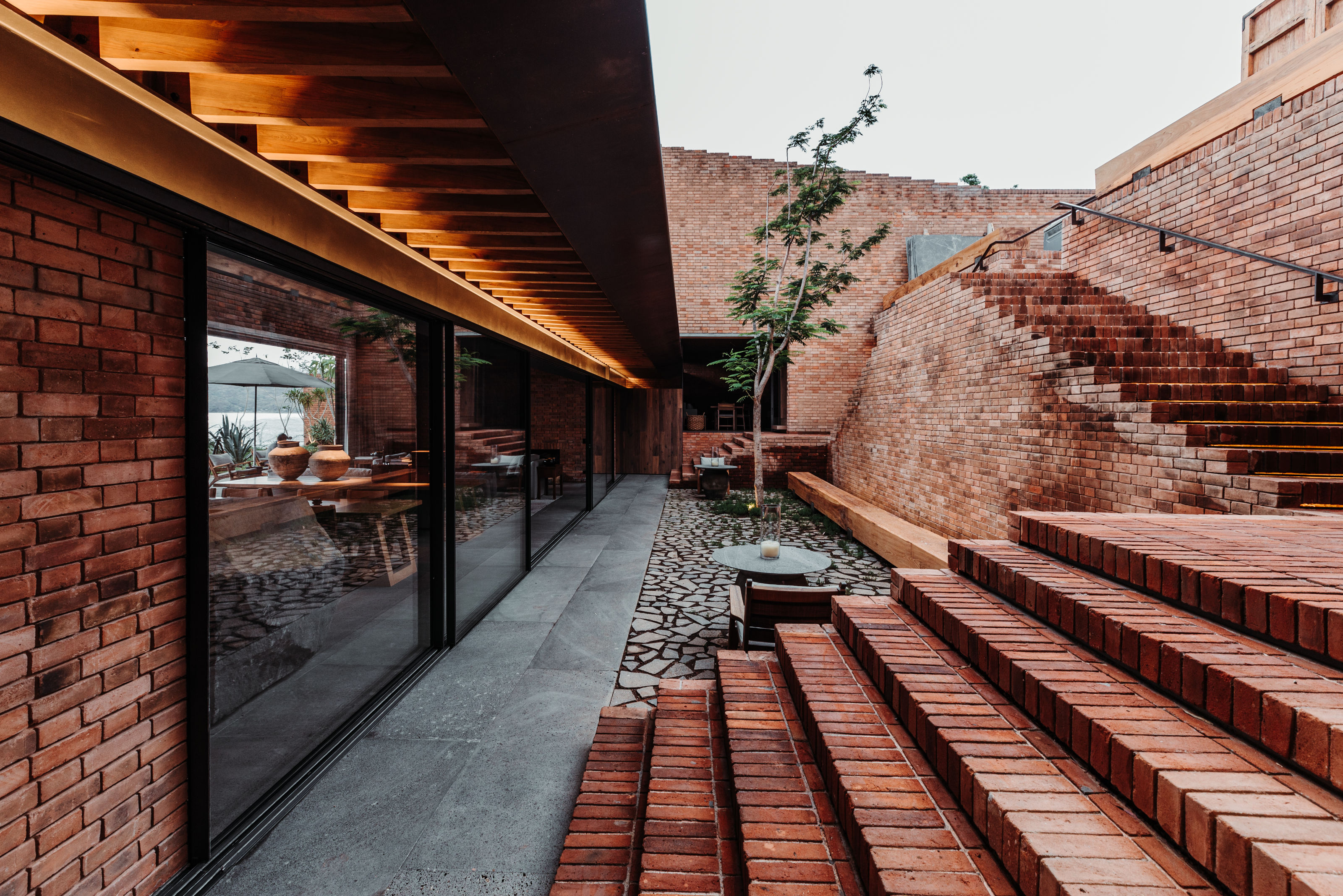
The stairs leading down from the entrance level
Lakeside house blends old and now to dramatic effect
The new house mixes materials like hardwood and red brick with cast concrete and frameless glass windows. The entrance leads through a reclaimed wooden gate and leads to a courtyard where a view of the lake is framed between two brick walls, and a cascade of terracotta tiles.
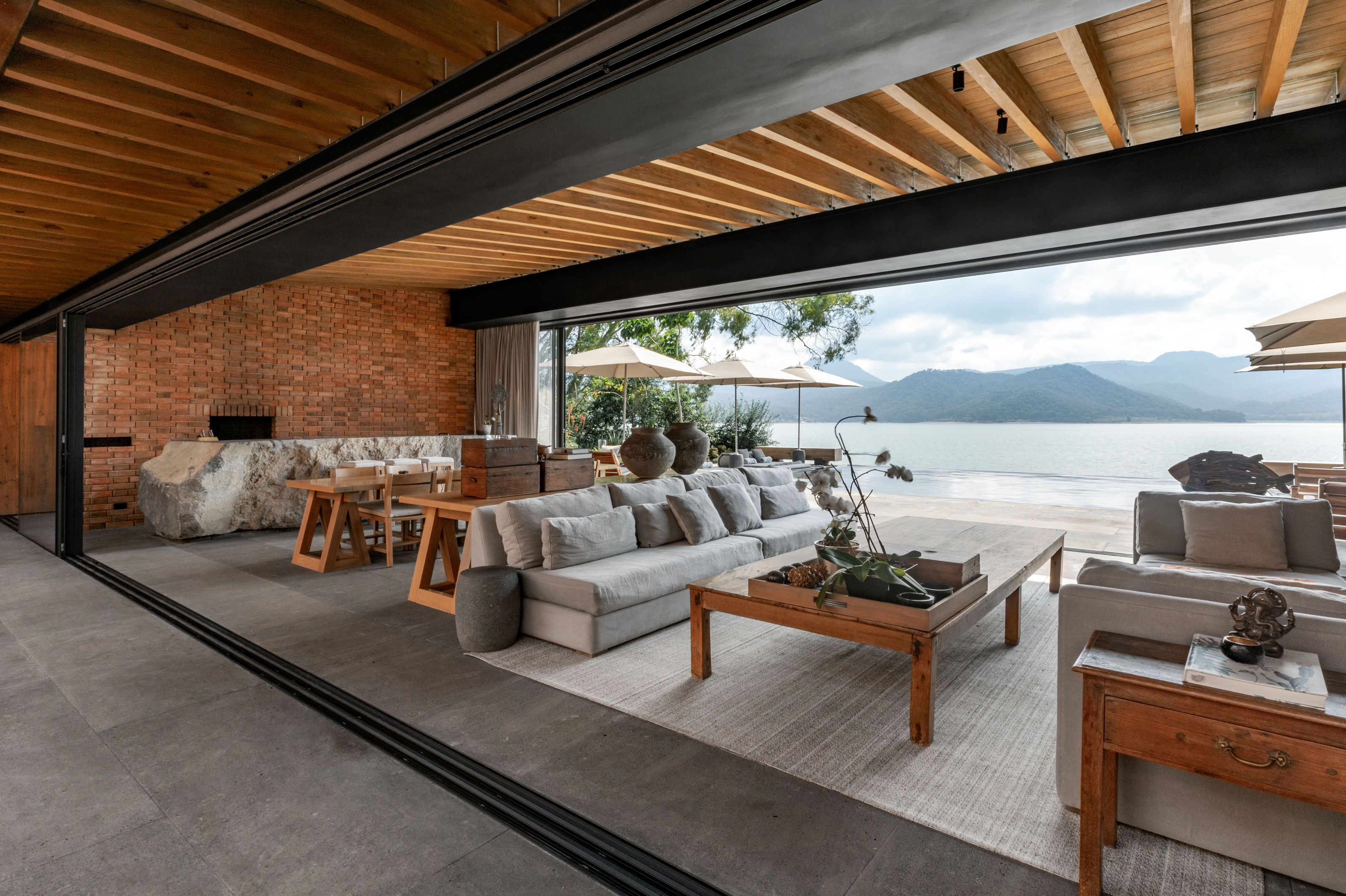
The main living space
Steps guide visitors to the main living area, a ziggurat-like configuration that appears monumental and as solid as the landscape itself. An open plan living, dining and kitchen is set in the physical and spiritual centre of the house, bracketed by sliding glass walls and looking out across the infinity pool to the lake beyond.
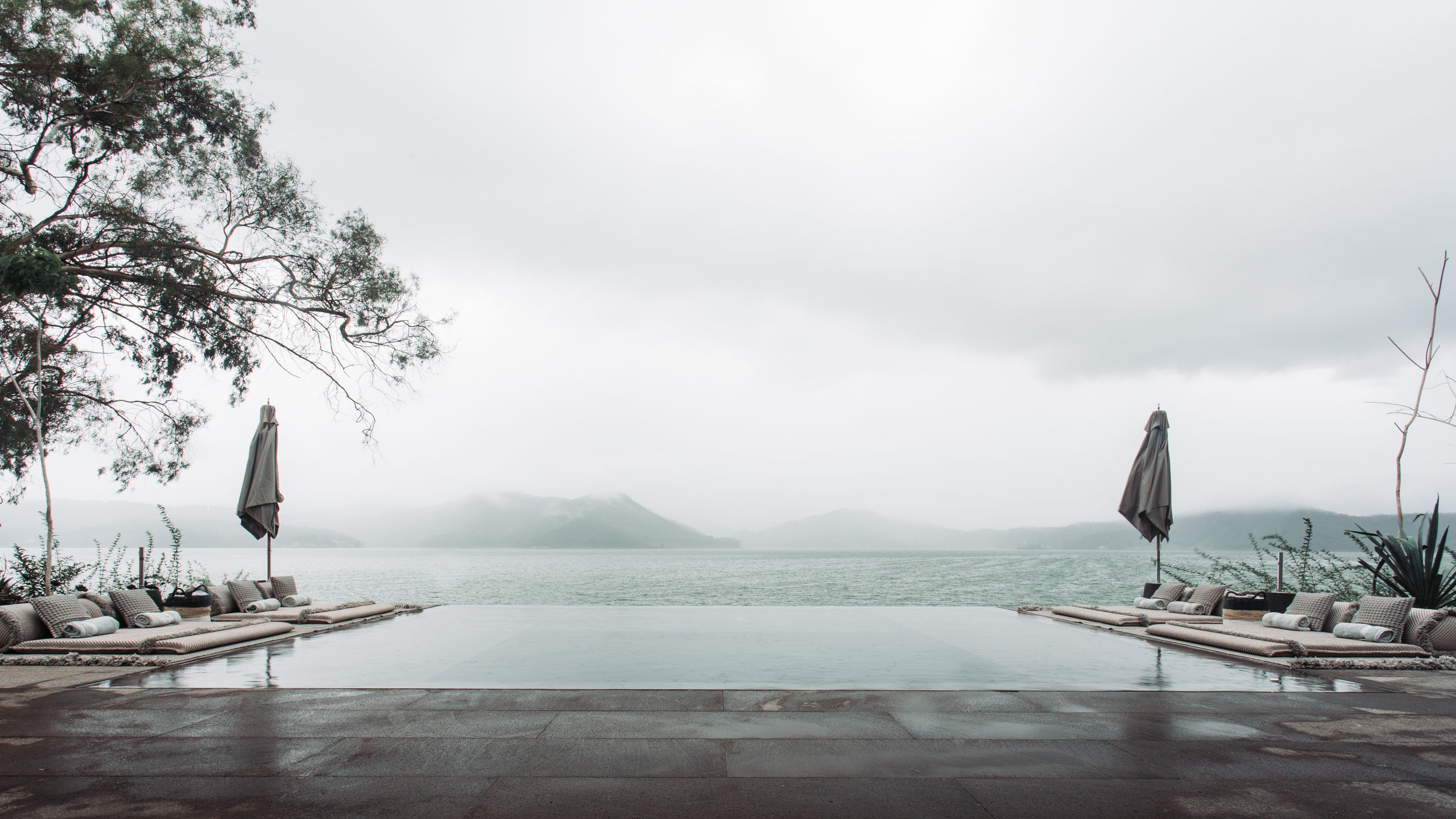
The infinity pool on the terrace
The views of distant mountains appear to float above the twin bodies of water, integrating the entire house into the landscape. The principal bedroom is set alongside the main living area, with a view partly screened by planting, while additional rooms are set on the floor above.
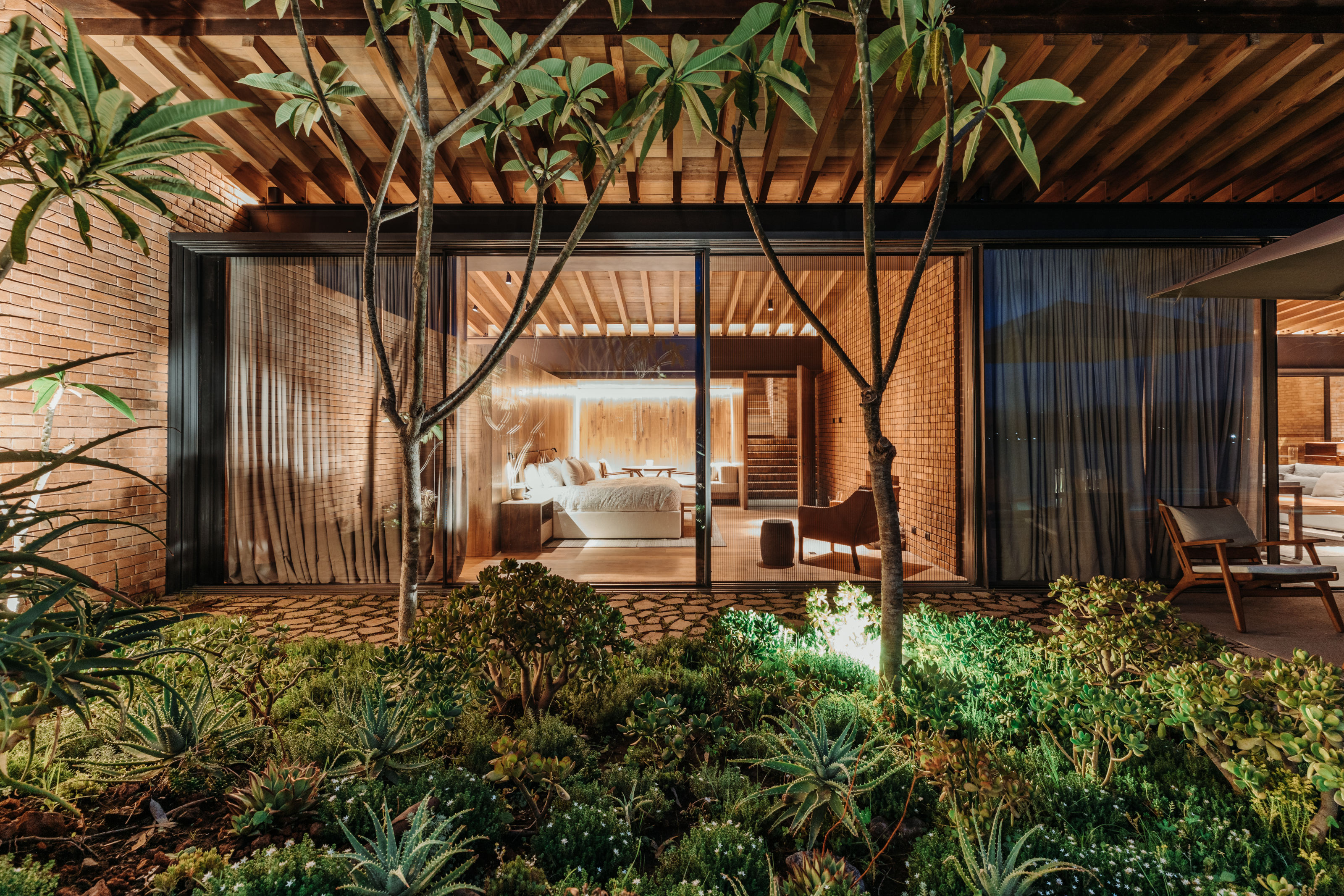
The principal bedroom
These spaces include a bunk room, and another guest suite, with secondary sitting areas and the main kitchen tucked away halfway down the stepwell-like outdoor staircase arrangement.
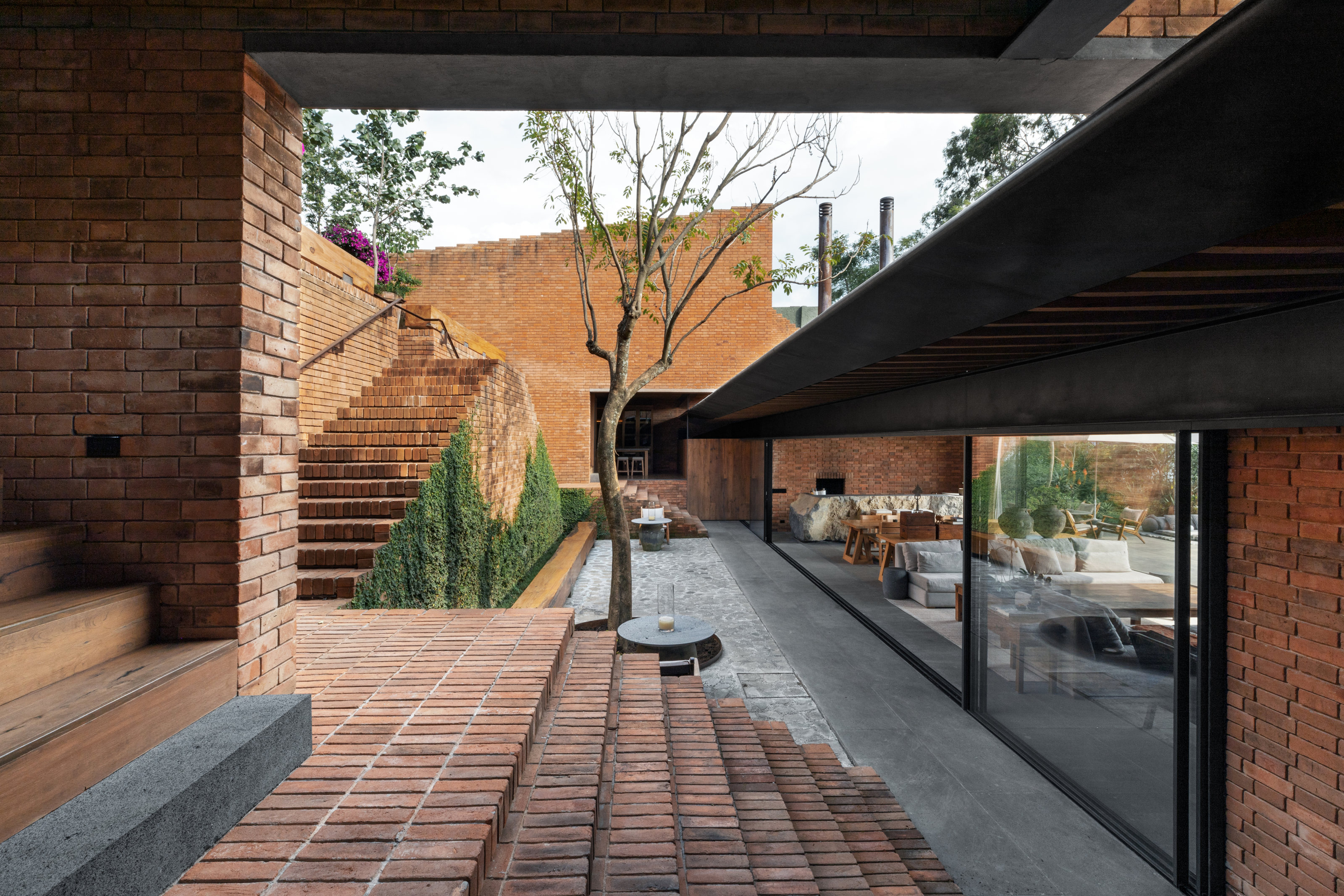
The entrance staircase
Beneath the pool deck is another level, this time housing a firepit and external seating area, with a shallow grassy slope leading down to the shores of the lake. Here, the principal material is concrete, creating a counterpoint to the more traditional roofing and brick on the upper levels, hinting at the structure that anchors the house to its site.
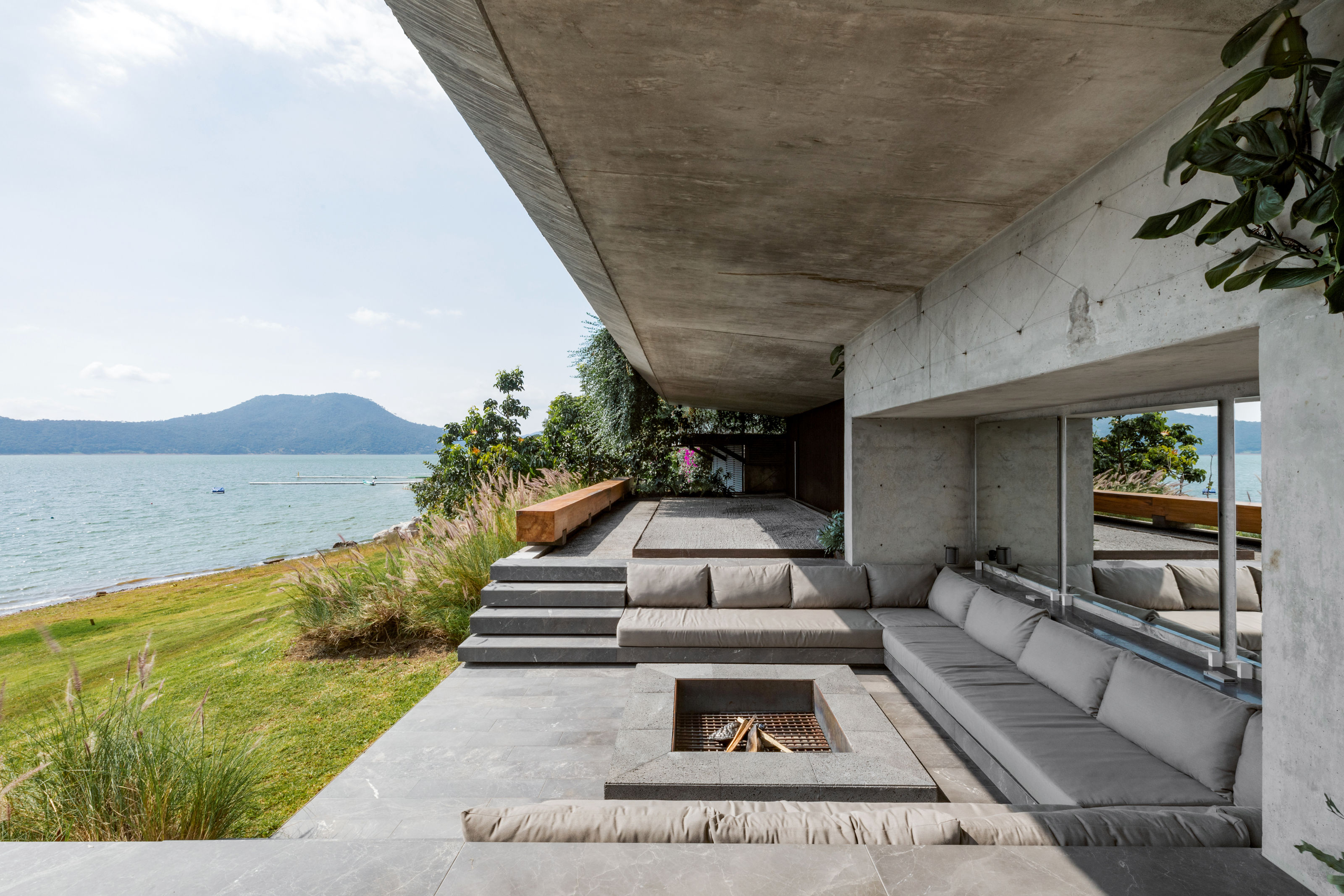
The firepit on the lower level
The architects describe La Peña House as a ‘canvas where open baroque nature and modern simplicity can play’. Established in 1998 by José Sánchez and Moisés Ison, Central de Arquitectura combines property development with design, maintaining a high level of detail and specification for every scale of project.
Wallpaper* Newsletter
Receive our daily digest of inspiration, escapism and design stories from around the world direct to your inbox.
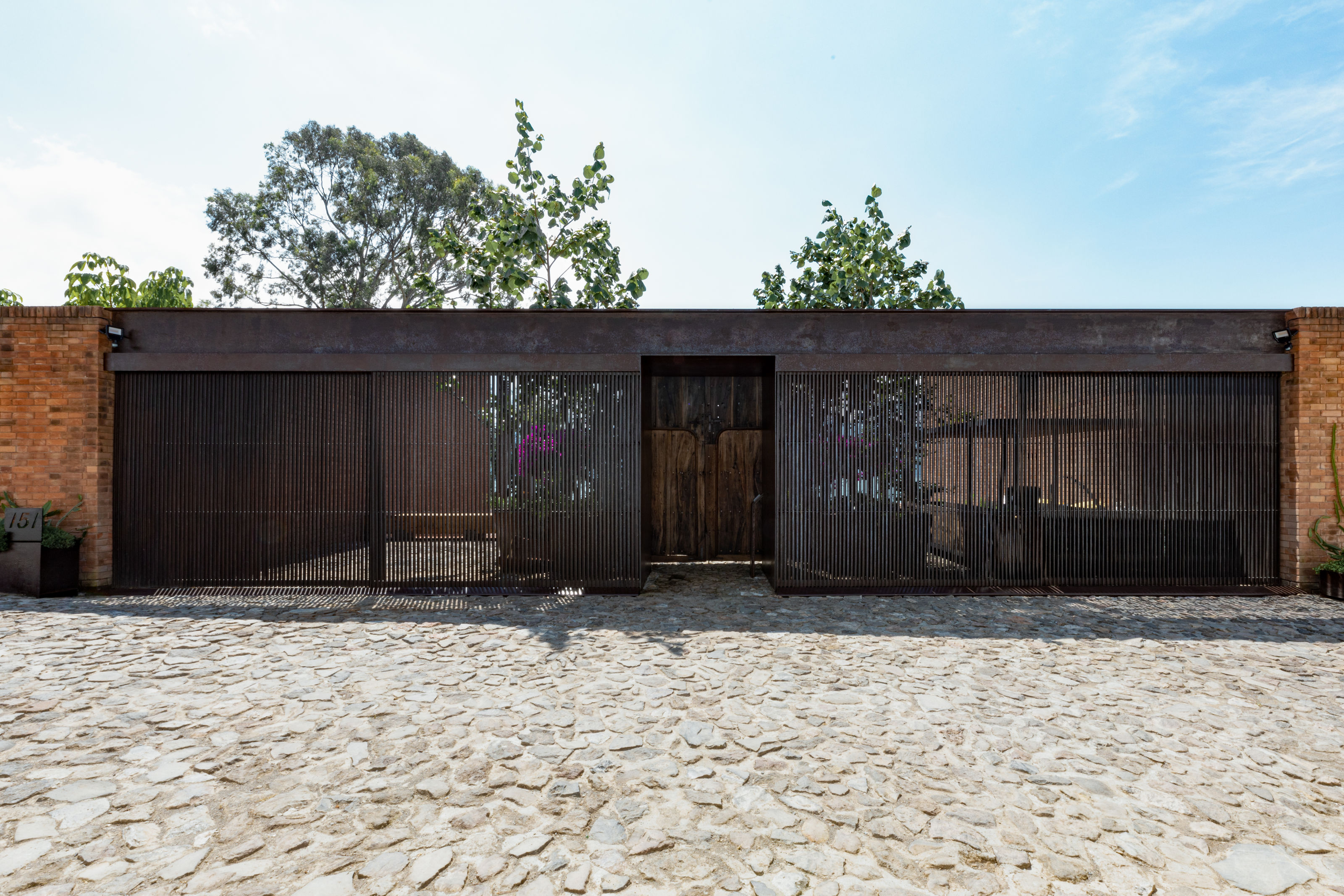
The entrance sequence

Secondary sitting room
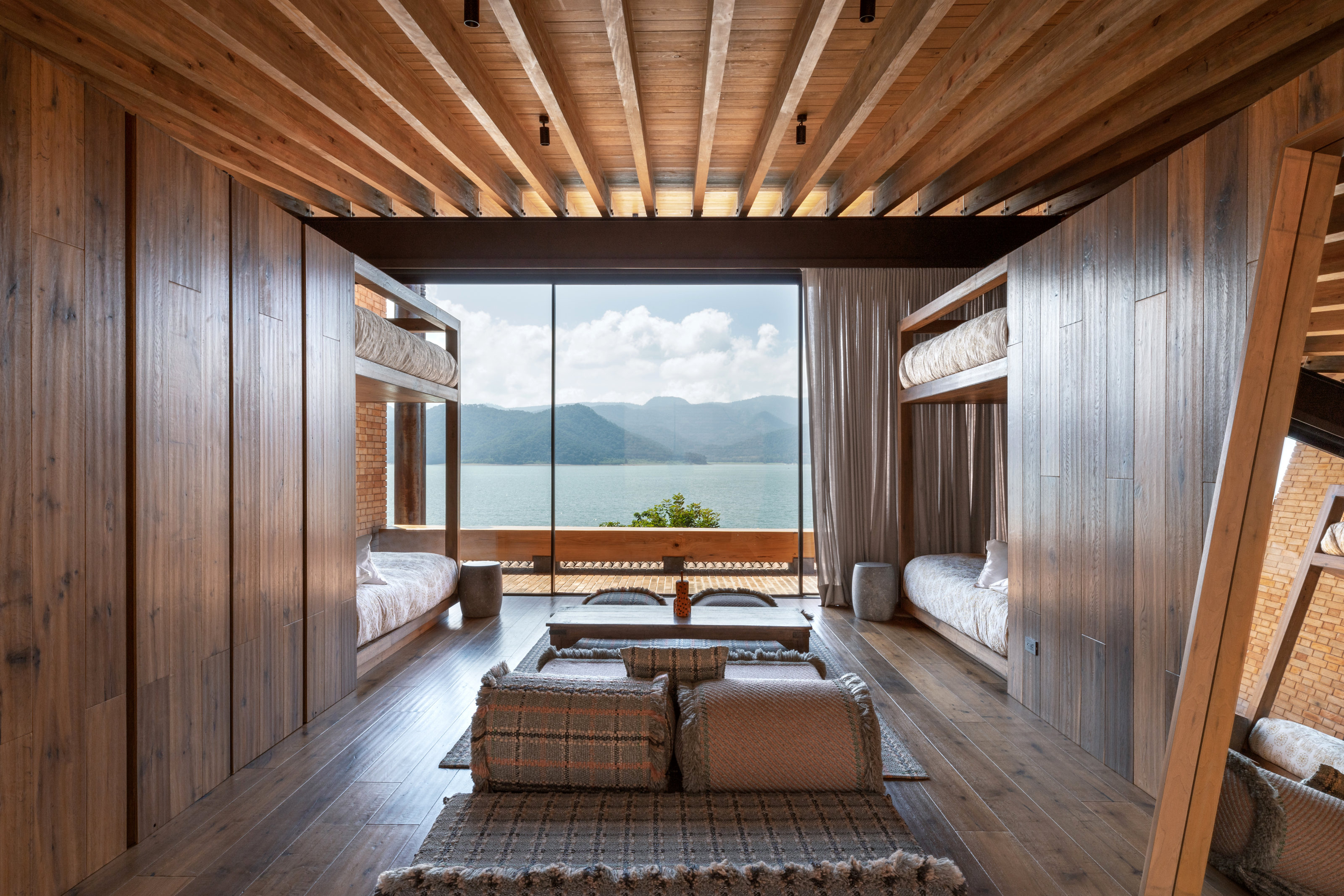
The bunk room
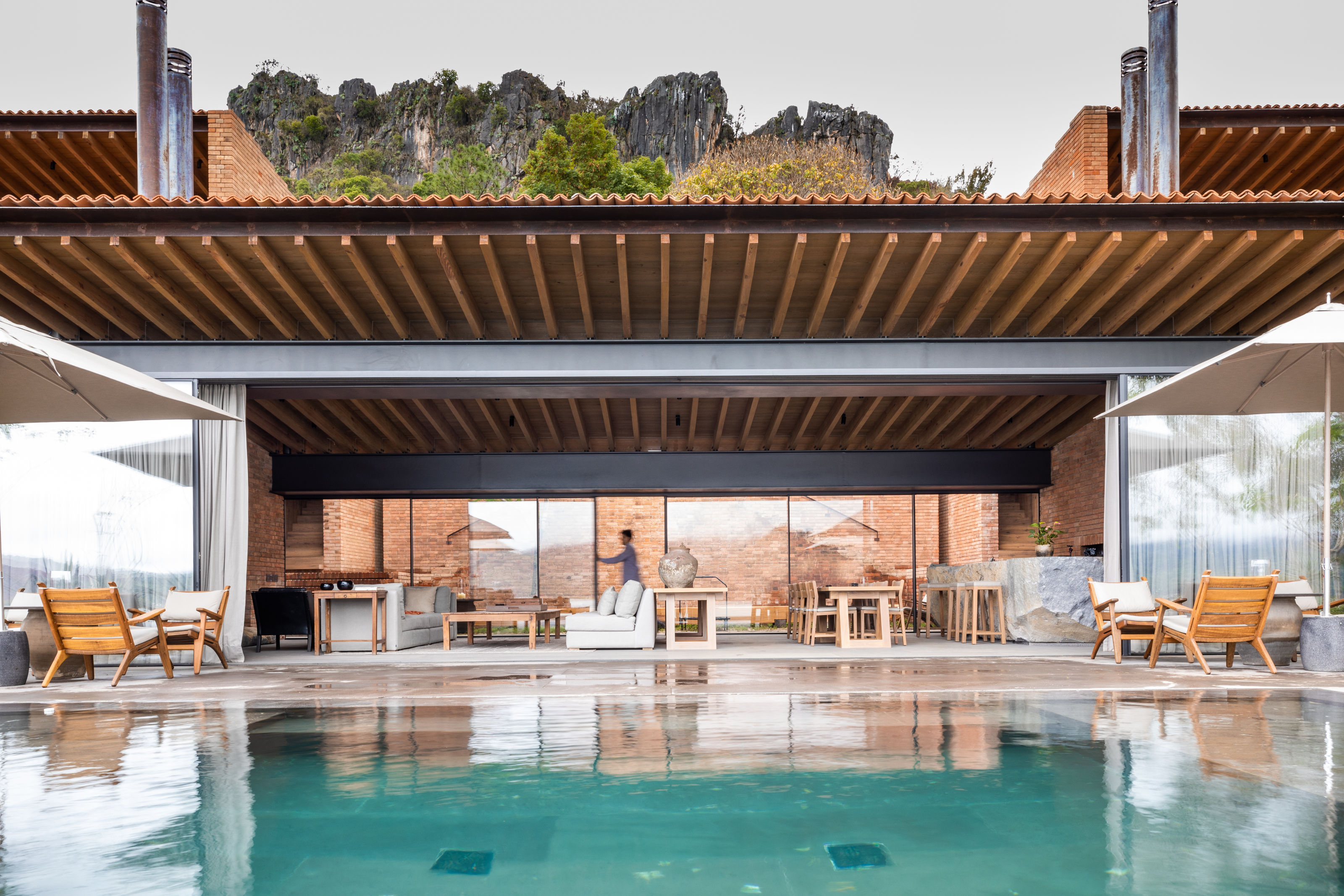
View of the house from the terrace
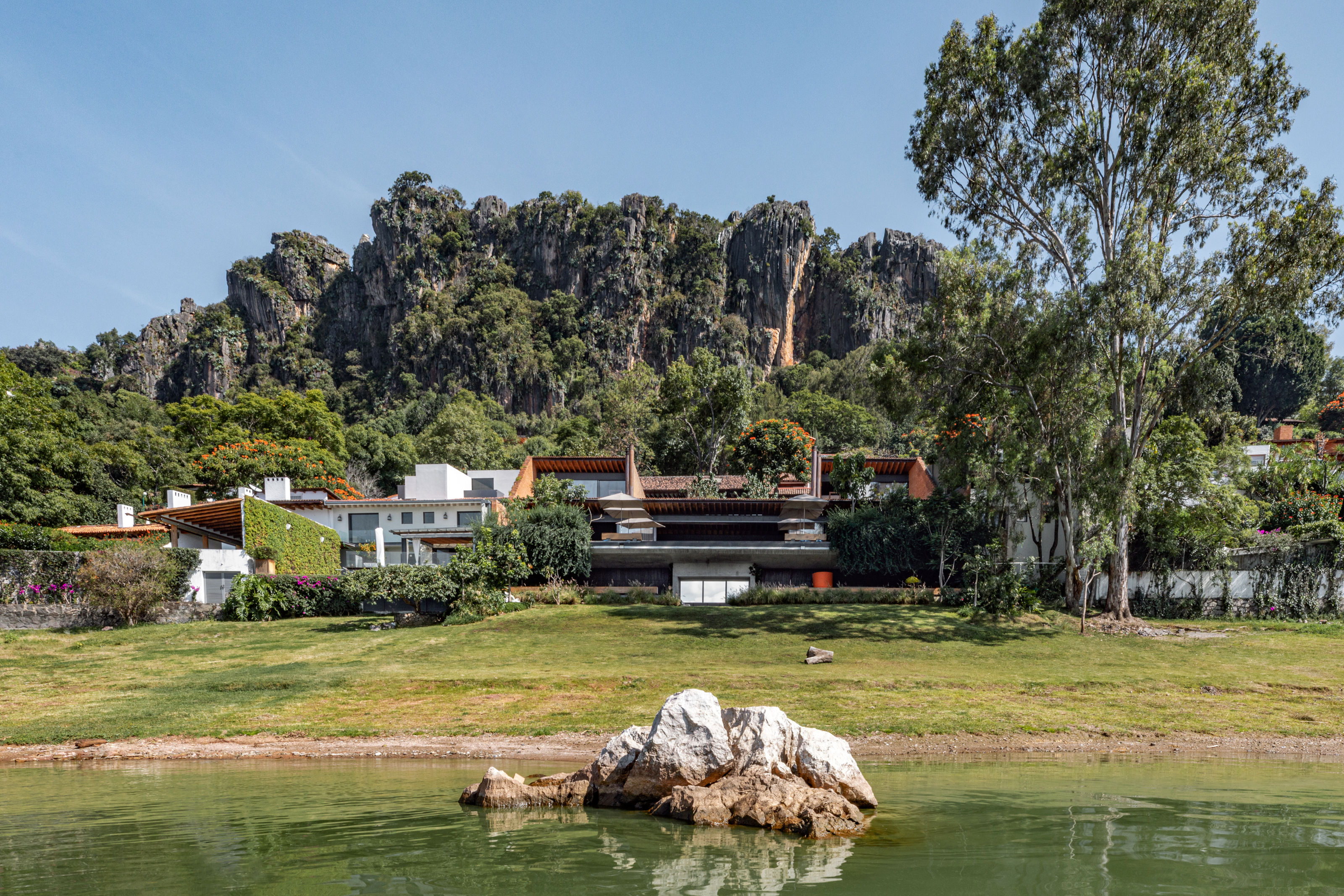
The house seen from the lake
Jonathan Bell has written for Wallpaper* magazine since 1999, covering everything from architecture and transport design to books, tech and graphic design. He is now the magazine’s Transport and Technology Editor. Jonathan has written and edited 15 books, including Concept Car Design, 21st Century House, and The New Modern House. He is also the host of Wallpaper’s first podcast.
-
 Marylebone restaurant Nina turns up the volume on Italian dining
Marylebone restaurant Nina turns up the volume on Italian diningAt Nina, don’t expect a view of the Amalfi Coast. Do expect pasta, leopard print and industrial chic
By Sofia de la Cruz
-
 Tour the wonderful homes of ‘Casa Mexicana’, an ode to residential architecture in Mexico
Tour the wonderful homes of ‘Casa Mexicana’, an ode to residential architecture in Mexico‘Casa Mexicana’ is a new book celebrating the country’s residential architecture, highlighting its influence across the world
By Ellie Stathaki
-
 Jonathan Anderson is heading to Dior Men
Jonathan Anderson is heading to Dior MenAfter months of speculation, it has been confirmed this morning that Jonathan Anderson, who left Loewe earlier this year, is the successor to Kim Jones at Dior Men
By Jack Moss
-
 Tour the wonderful homes of ‘Casa Mexicana’, an ode to residential architecture in Mexico
Tour the wonderful homes of ‘Casa Mexicana’, an ode to residential architecture in Mexico‘Casa Mexicana’ is a new book celebrating the country’s residential architecture, highlighting its influence across the world
By Ellie Stathaki
-
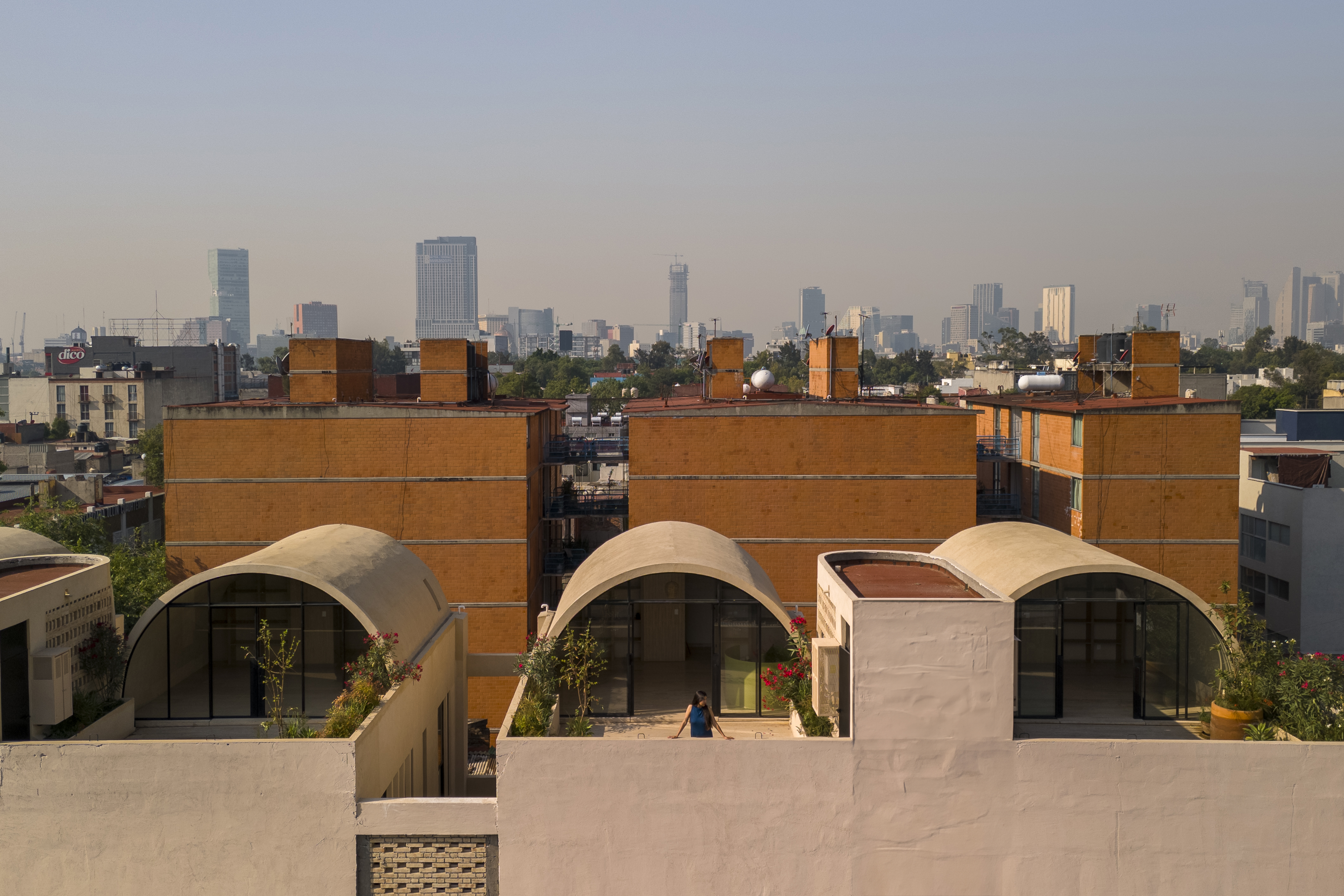 A barrel vault rooftop adds drama to these homes in Mexico City
A barrel vault rooftop adds drama to these homes in Mexico CityExplore Mariano Azuela 194, a housing project by Bloqe Arquitetura, which celebrates Mexico City's Santa Maria la Ribera neighbourhood
By Ellie Stathaki
-
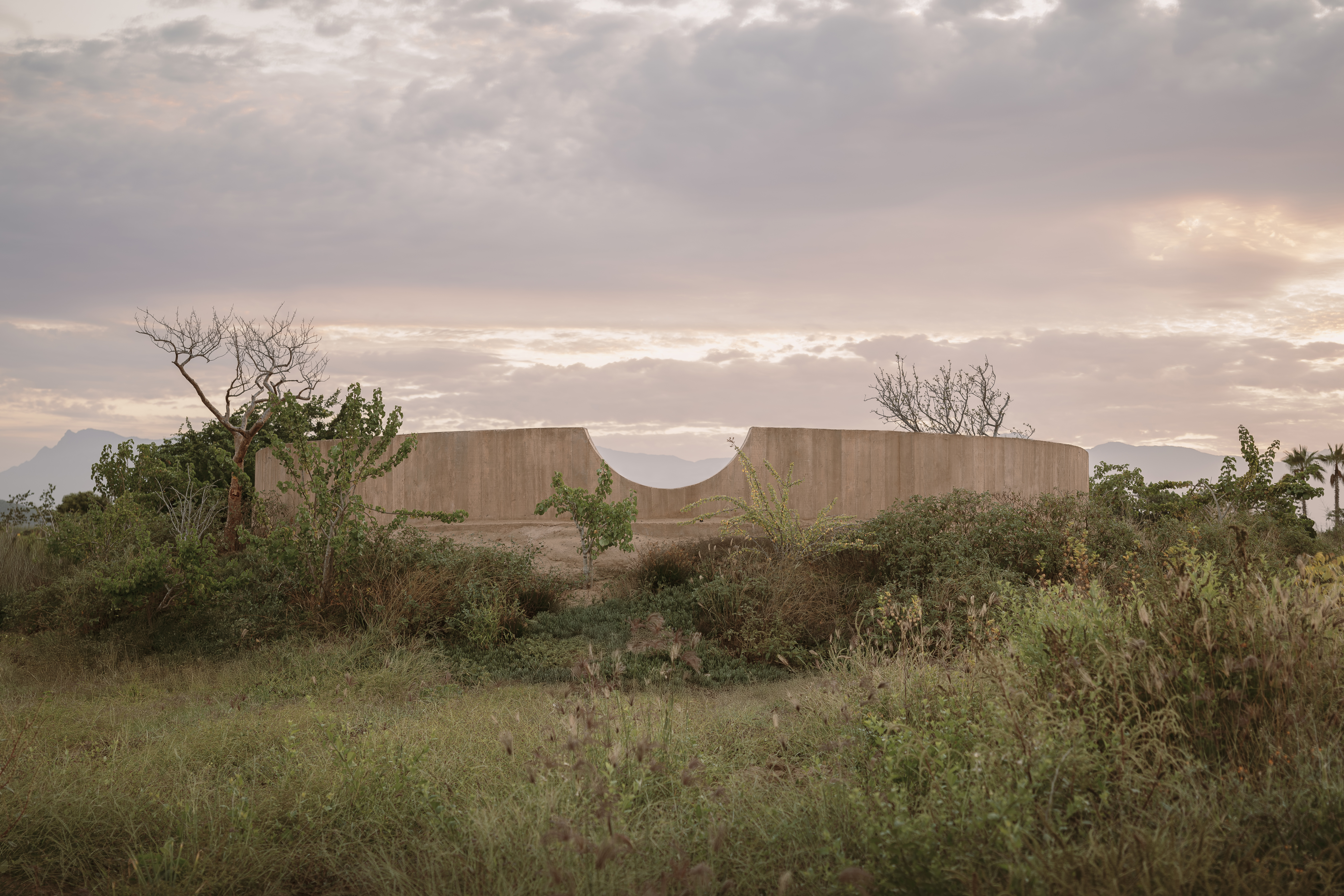 Explore a minimalist, non-religious ceremony space in the Baja California Desert
Explore a minimalist, non-religious ceremony space in the Baja California DesertSpiritual Enclosure, a minimalist, non-religious ceremony space designed by Ruben Valdez in Mexico's Baja California Desert, offers flexibility and calm
By Ellie Stathaki
-
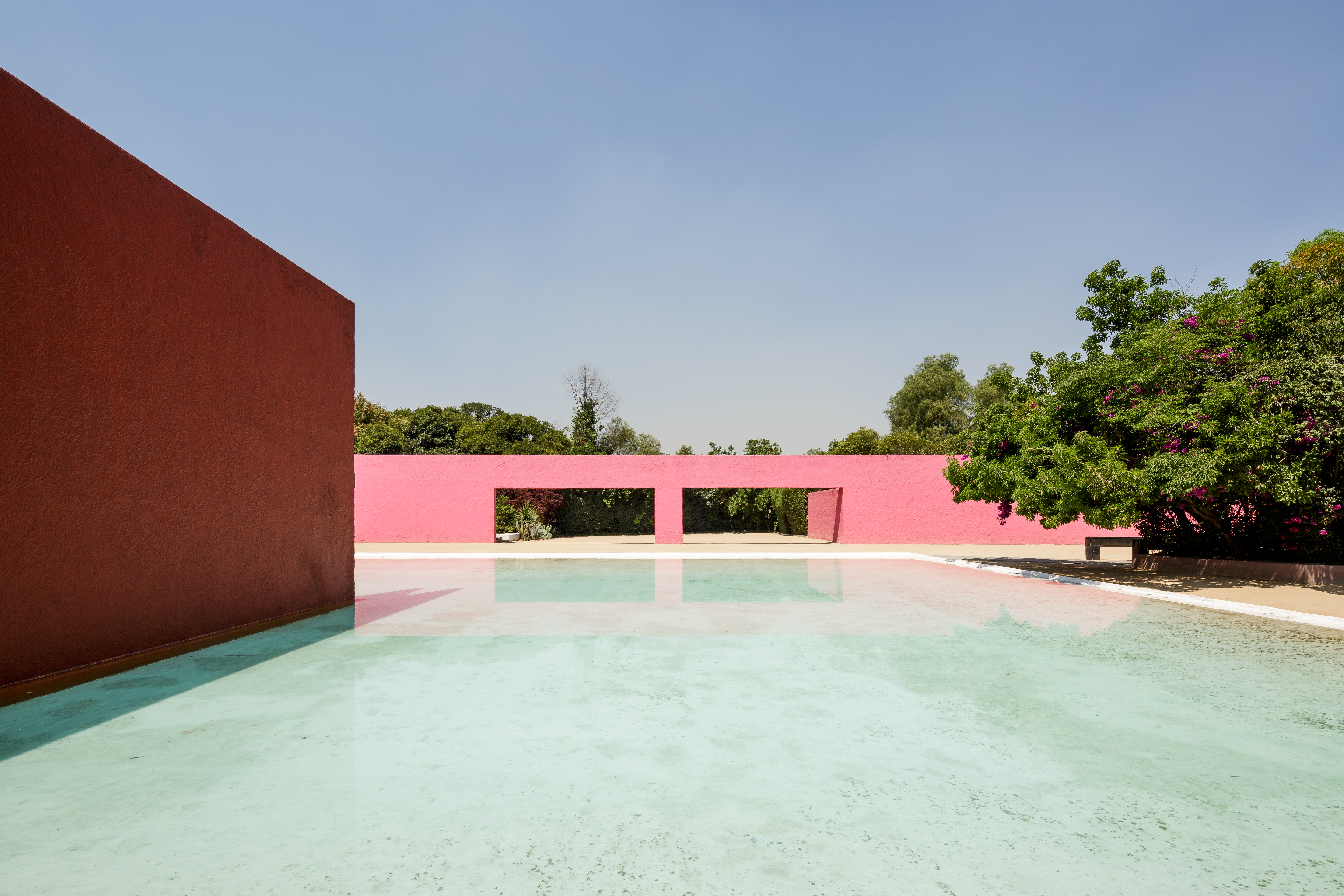 La Cuadra: Luis Barragán’s Mexico modernist icon enters a new chapter
La Cuadra: Luis Barragán’s Mexico modernist icon enters a new chapterLa Cuadra San Cristóbal by Luis Barragán is reborn through a Fundación Fernando Romero initiative in Mexico City; we meet with the foundation's founder, architect and design curator Fernando Romero to discuss the plans
By Mimi Zeiger
-
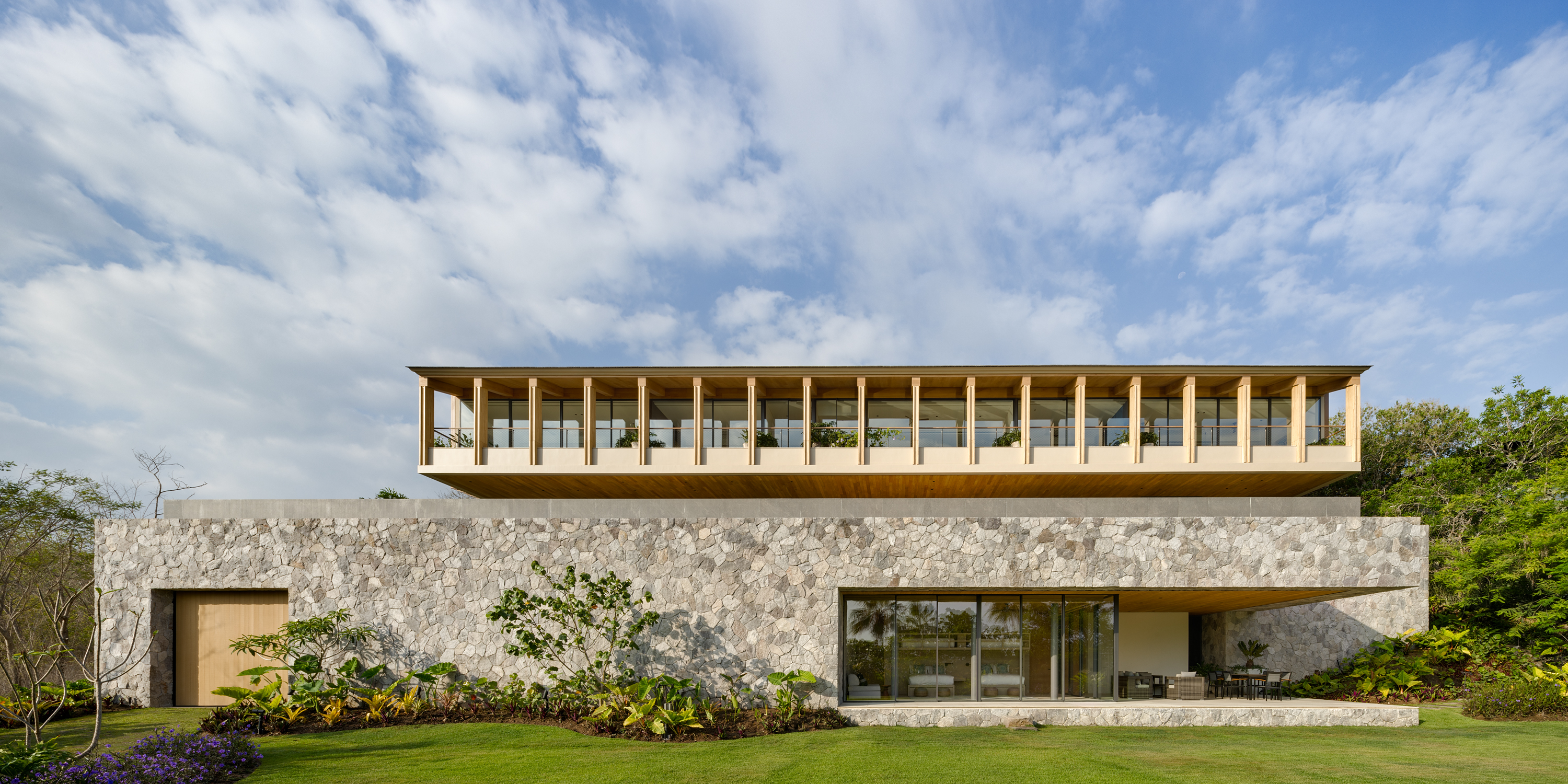 Enjoy whale watching from this east coast villa in Mexico, a contemporary oceanside gem
Enjoy whale watching from this east coast villa in Mexico, a contemporary oceanside gemEast coast villa Casa Tupika in Riviera Nayarit, Mexico, is designed by architecture studios BLANCASMORAN and Rzero to be in harmony with its coastal and tropical context
By Tianna Williams
-
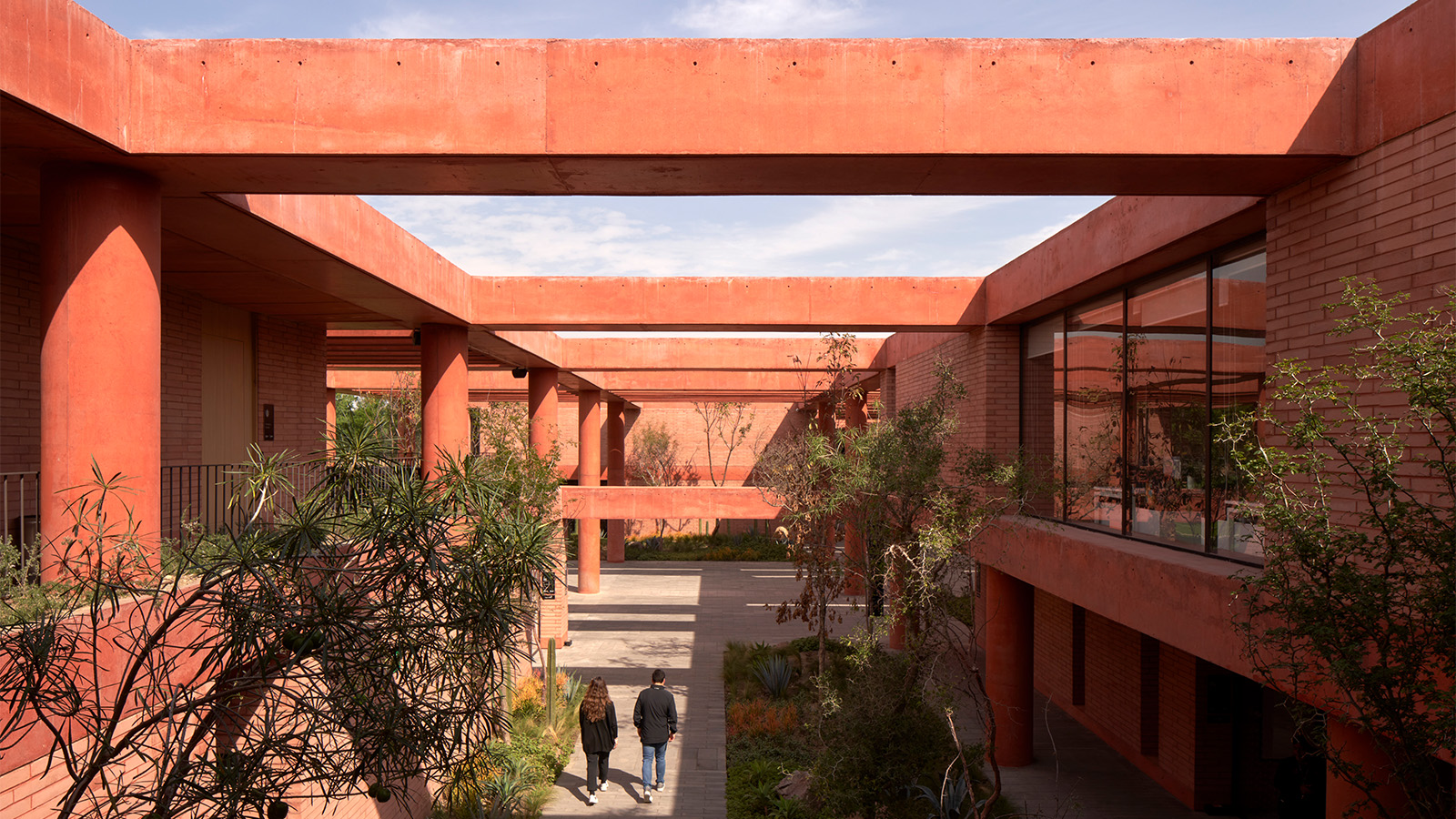 Mexico's long-lived football club Atlas FC unveils its new grounds
Mexico's long-lived football club Atlas FC unveils its new groundsSordo Madaleno designs a new home for Atlas FC; welcome to Academia Atlas, including six professional football fields, clubhouses, applied sport science facilities and administrative offices
By Tianna Williams
-
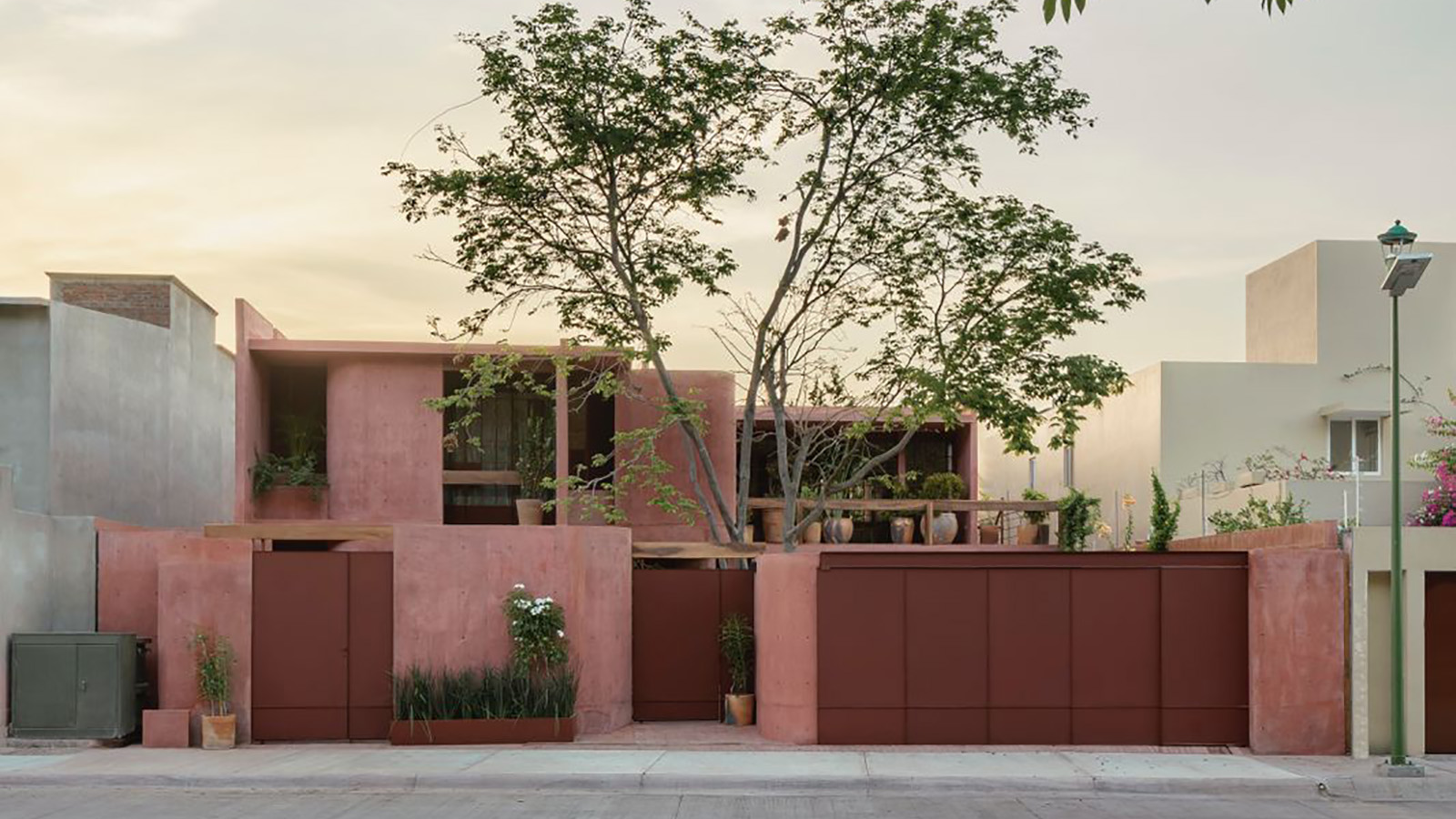 Discover Casa Roja, a red spatial exploration of a house in Mexico
Discover Casa Roja, a red spatial exploration of a house in MexicoCasa Roja, a red house in Mexico by architect Angel Garcia, is a spatial exploration of indoor and outdoor relationships with a deeply site-specific approach
By Ellie Stathaki
-
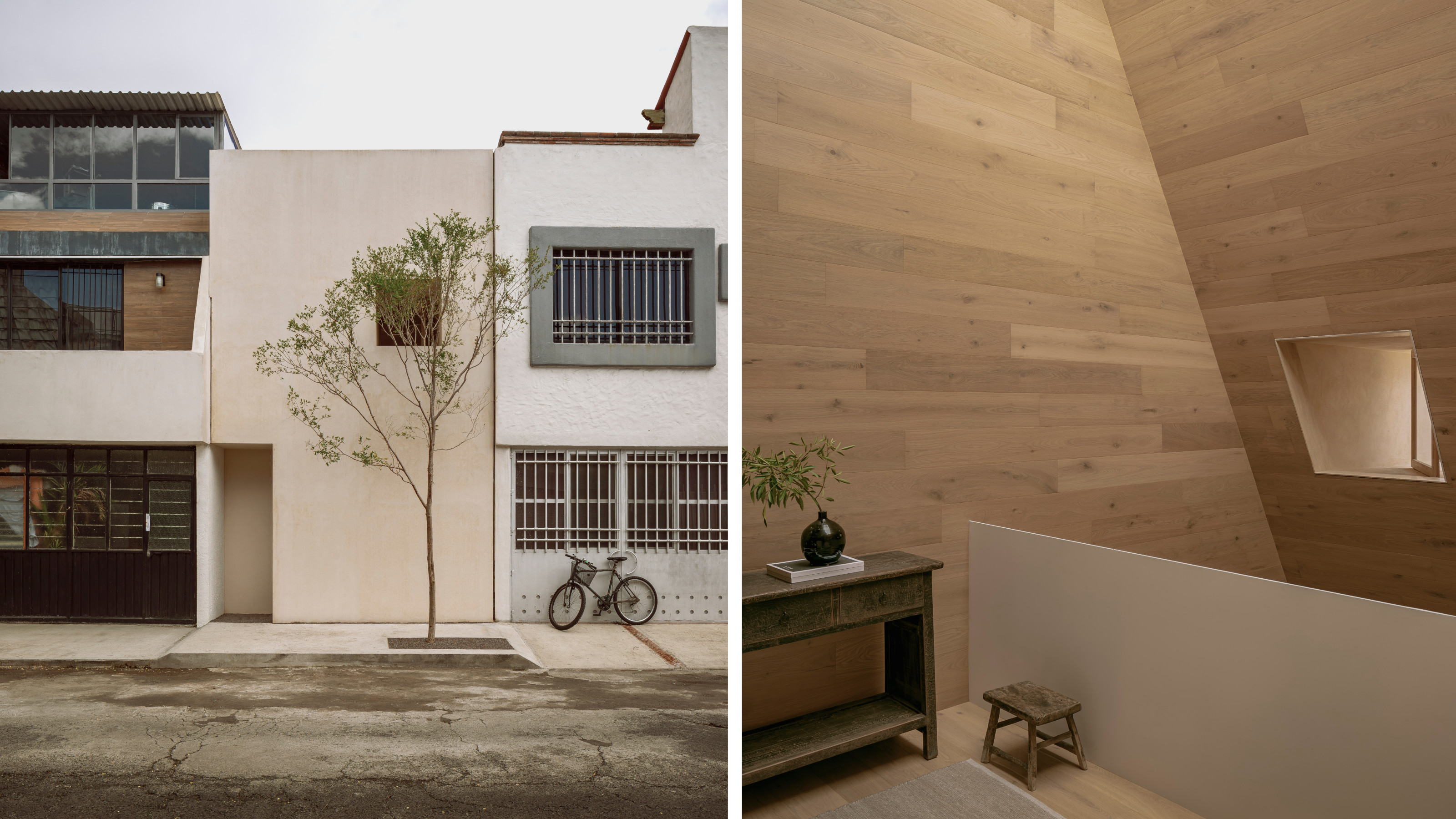 HW Studio’s Casa Emma transforms a humble terrace house into a realm of light and space
HW Studio’s Casa Emma transforms a humble terrace house into a realm of light and spaceThe living spaces in HW Studio’s Casa Emma, a new one-bedroom house in Morelia, Mexico, appear to have been carved from a solid structure
By Jonathan Bell